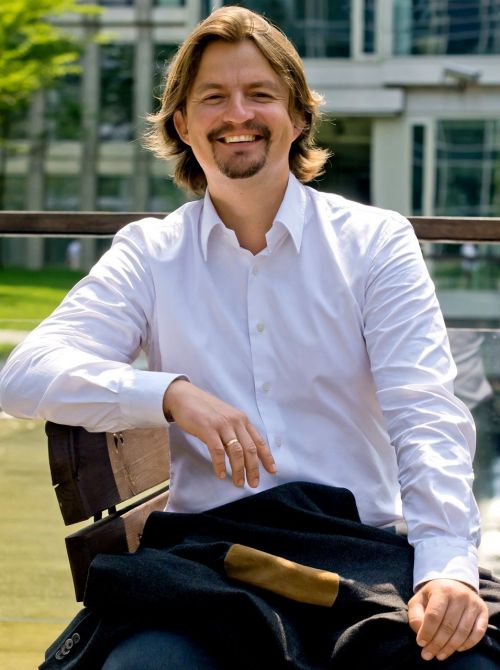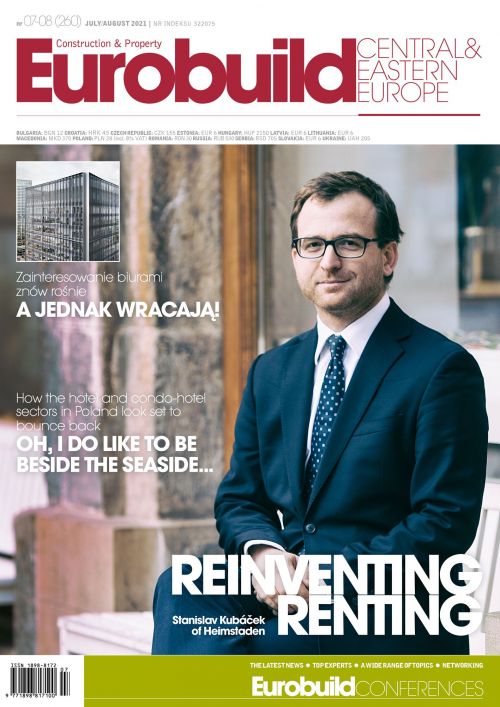In August of last year, many of the emergency Covid restrictions were temporarily lifted, and Polish tourists finding themselves unable to fly out to foreign lands were forced to make do with a bucket-and-spade vacation on the Baltic coast. Despite the hotel industry having been almost wiped out in the preceding months, Polish tourism actually boomed. “Some leisure hotels, especially those that were used to being highly seasonal, had a record summer season and even a record year. What we saw was very strong growth in demand for domestic leisure travel and actually an acceleration of a trend that had been clear for about five years before the pandemic – of increasing strength in domestic demand for leisure tourism,” points out Jacek Tokarski, the COO of Hotel Professionals. With this strange cycle of boom and bust, the question arises of what is the actual state of the tourism industry in Polish coastal resorts.
One person who has direct experience of this lurch betwe































































